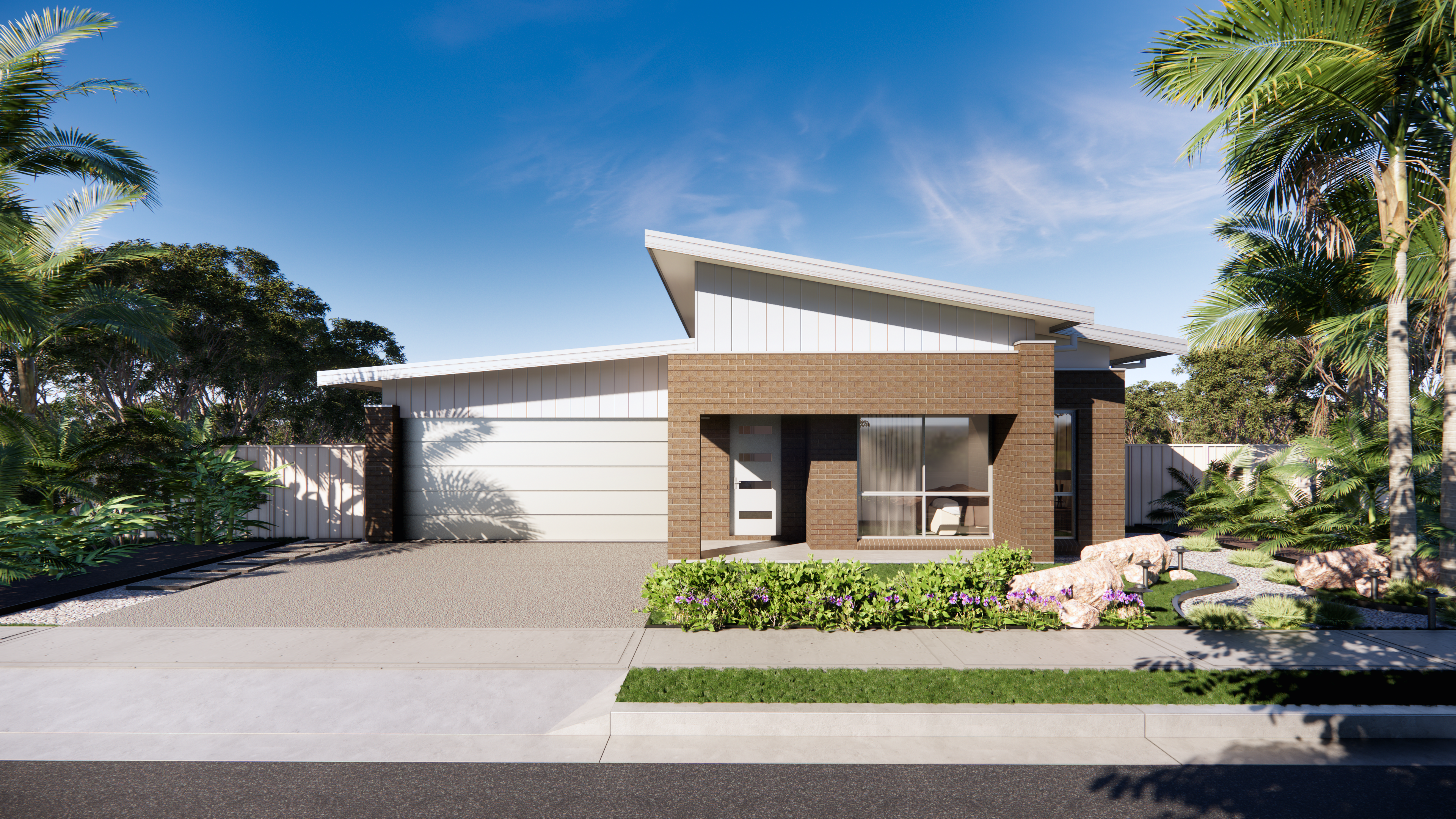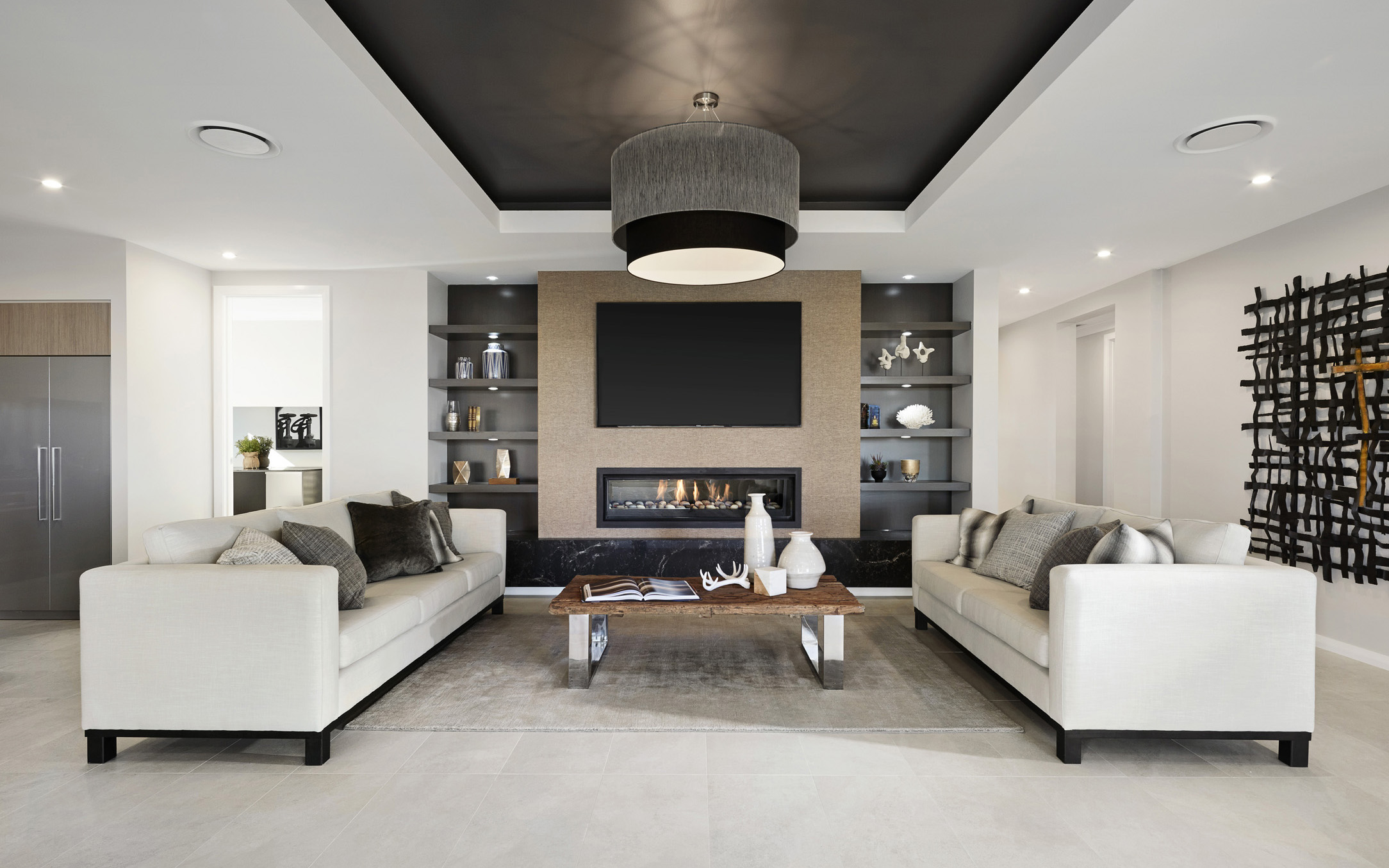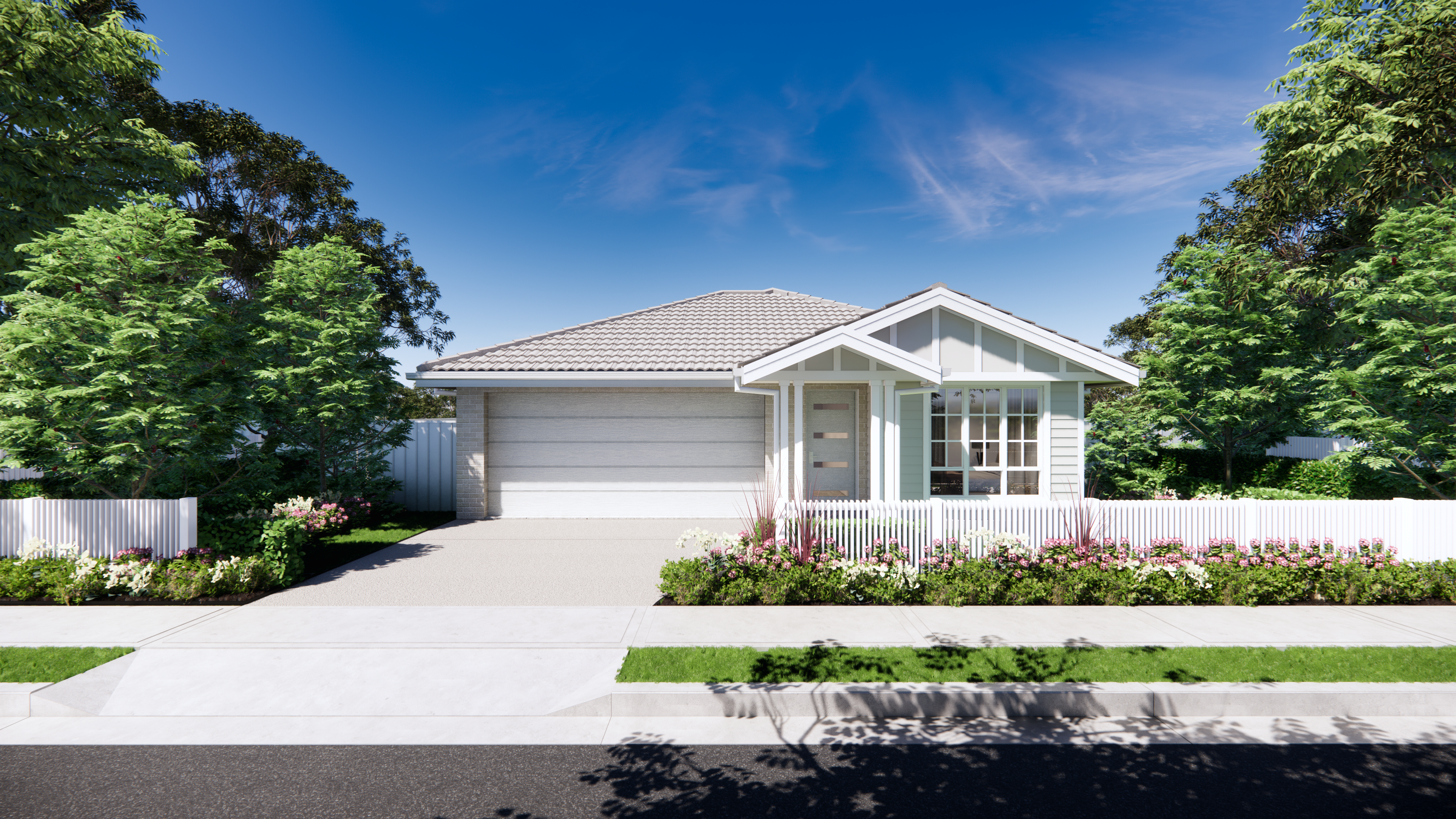Sustainable living
Improving your Homes Energy Efficiency
Planning to build a new home? Your choices in the planning stage can not only impact your everyday comfort but aid in your heating, cooling, gas and water costs for many years to come.
This is a very exciting time however it can also be confusing and overwhelming with all sorts of decisions to be made and so much information available.
Here are some tips from the experts to get you started on what to consider when planning ahead.
– A well-designed floor plan and clever positioning of your home can make all the difference. It allows you to take advantage of winter sun and reduces exposure to summer heat during the day, saving on heating and cooling costs.
– North facing windows get sun for the longest part of the day in winter and are easy to shade in summer. Where possible try to include windows or openings on more than one side of your living areas to allow for natural ventilation. Higher windows can also assist in allowing rising hot air to escape.
– By grouping rooms of similar use together, you can minimise the areas that need to be heated or cooled at any one time. Rooms that use hot water such as bathrooms, kitchens and laundries should be located together to allow for more efficient use of your hot water system.
– Insulation is the most effective way of improving a home’s energy efficiency as it acts as a barrier to heat flow – reducing the amount of warmth escaping in winter and reducing the amount of heat entering in summer. By installing insulation in your ceilings and walls, you can effectively reduce heating and cooling costs by up to 50%.
– The use of light-coloured interior paints can improve daylight levels inside your home and reduce the need for lighting during the day. Energy efficient globes and LED down lights typically use about 25% – 80% less energy than traditional lighting, therefore saving you money.
– When it comes to the outside – verandas, balconies and an alfresco can be used to shade the eastern and western sides of your home. You can also use plants to reduce unwanted glare and heat gain. Evergreen plants are recommended for hot and dry climates, for all other climates use deciduous vines or trees to the north and deciduous or evergreen trees to the east and west.
As you can see there are a number of ways to improve the energy efficiency of your home. Further information can be found on local energy provider fact sheets and various government websites.



